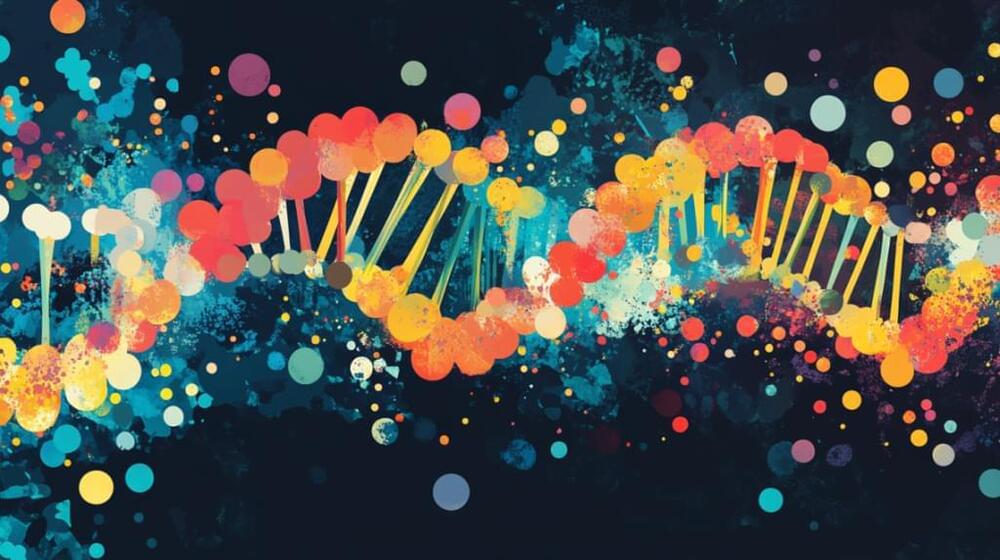Google DeepMind has unexpectedly released the source code and model weights of AlphaFold 3 for academic use, marking a significant advance that could accelerate scientific discovery and drug development. The surprise announcement comes just weeks after the system’s creators, Demis Hassabis and John Jumper, were awarded the 2024 Nobel Prize in Chemistry for their work on protein structure prediction.
AlphaFold 3 represents a quantum leap beyond its predecessors. While AlphaFold 2 could predict protein structures, version 3 can model the complex interactions between proteins, DNA, RNA, and small molecules — the fundamental processes of life. This matters because understanding these molecular interactions drives modern drug discovery and disease treatment. Traditional methods of studying these interactions often require months of laboratory work and millions in research funding — with no guarantee of success.
The system’s ability to predict how proteins interact with DNA, RNA, and small molecules transforms it from a specialized tool into a comprehensive solution for studying molecular biology. This broader capability opens new paths for understanding cellular processes, from gene regulation to drug metabolism, at a scale previously out of reach.








